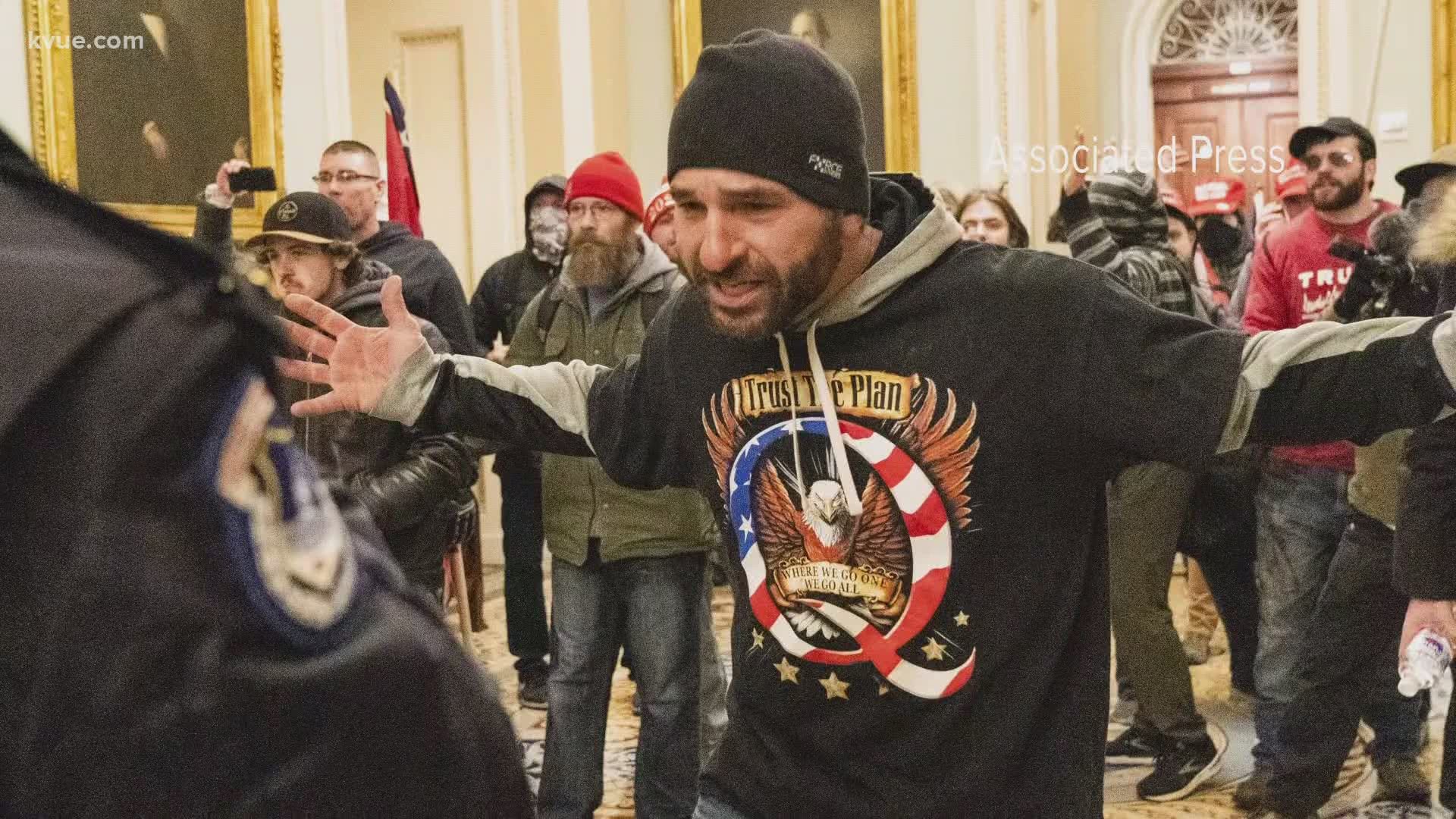AUSTIN, Texas — With so many photos and videos on the internet, in the newspaper and on TV, law enforcement can use pretty much any of them to try and identify the people who stormed the U.S. Capitol building on Wednesday.
For years, police have used facial recognition technology to identify criminals. Technology has gotten better, according to Blink Identity's Chief Technology Officer Alex Kilpatrick.
"In the old days when we used to see false matches, the people didn't look alike at all," Kilpatrick said. "You'd look at them and you'd be like, 'OK, these are obviously not the same people.' Now we tend to see the false matches oftentimes look very similar, you know, so that's a challenge."
The Austin-based company works with other private companies that utilize facial recognition software on an "opt-in" basis from users. As Kilpatrick explained, the science is not perfect; that's why law enforcement in many jurisdictions still ask for public assistance to identify criminals.
"Humans are both better and worse than computers," Kilpatrick said. "If you know them really well, you can identify them with just the lowest quality picture: imagine a postage stamp-sized partial face."
Because the technology is not perfect, it can really only be used to investigate leads. It cannot be the basis of a legal conviction.
"Facial recognition technology will be used to give the police a lead as to who the person is that they're looking for," Kristine Hamann, the executive director for Prosecutors' Center for Excellence, said. "We know that eyewitness identification, just human identification, is not perfect either, so you kind of put the two together and you might get something that's reliable and useful."
Austin-based attorney Steve Brand believes facial recognition technology will go the way of the polygraph: an investigative tool, but not necessarily for the courtroom.
"You can use a polygraph and but you can't say the word polygraph; you can't even mention it in a courtroom," Brand said.
According to Kilpatrick, there are three main challenges to using facial recognition technology: motion, covering of the face with masks and/or hats and the gallery. Motion makes a picture blurry, whether that's the subject of the image or the person holding the camera. Covering the face can reduce accuracy down to single-digit percentages.
"There's something called peri-ocular recognition, which is the eye region," Kilpatrick said. "You can get some accuracy on that, but it's not as good as the full-face matching."
The gallery is whatever images investigators have to compare their evidence photos to. For example, the FBI can compare pictures to their own crime database. In the state of Texas, law enforcement can compare images to the driver's license database.
Police have already arrested more than a dozen people in connection with breaking into the U.S. Capitol this week. Using facial recognition and public response, they are looking for dozens more.
PEOPLE ARE ALSO READING:

